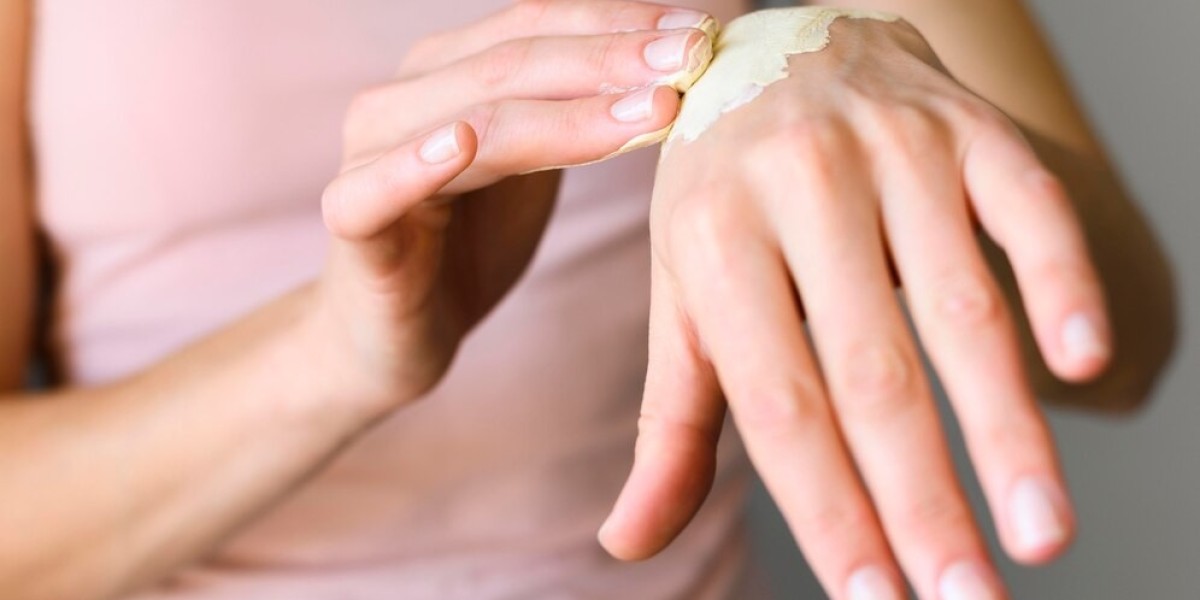Plastic surgery and reconstructive procedures are more advanced today than ever, thanks to groundbreaking innovations like skin substitutes. These biomaterials, including the widely used amniotic membrane graft for wounds, have significantly improved outcomes for patients suffering from severe injuries, burns, or chronic conditions like diabetic ulcers. By mimicking natural skin properties, skin substitutes are transforming traditional approaches to wound management and recovery, making them a game-changer in the field.
This article explores how skin substitutes work, their role in plastic surgery, and the specific benefits of amniotic membrane grafts in wound healing.
What Are Skin Substitutes?
Skin substitutes are engineered or naturally derived materials used to replace damaged or missing skin. They are designed to promote wound healing, reduce scarring, and restore functionality. Skin substitutes come in two primary categories:
Temporary Skin Substitutes: These are used to cover wounds temporarily, providing protection and promoting healing until natural skin regeneration occurs or permanent grafting is possible.
Permanent Skin Substitutes: These materials integrate into the body and serve as a lasting solution for skin replacement.
Types of Skin Substitutes
Skin substitutes vary based on their origin:
Biological Substitutes: Derived from human or animal tissues, such as amniotic membrane grafts, these substitutes offer natural wound-healing properties.
Synthetic Substitutes: Manufactured from polymers, these materials mimic the skin's structure and function.
Biosynthetic Substitutes: A combination of biological and synthetic components, these are tailored to enhance specific healing processes.
The Role of Skin Substitutes in Plastic Surgery
Plastic surgeons often face complex wounds that require innovative solutions. Skin substitutes play a crucial role in addressing these challenges by:
Enhancing Wound Healing
Skin substitutes provide an optimal environment for healing, offering a protective barrier against infection and moisture loss while supporting cellular regeneration.
Reducing Scarring
In reconstructive surgery, minimizing scarring is critical. By promoting even tissue growth, skin substitutes help achieve better cosmetic outcomes.
Improving Functionality
For patients with severe burns or large wounds, skin substitutes restore essential functions like elasticity and barrier protection.
Reducing the Need for Donor Skin
Traditional skin grafts often require harvesting tissue from the patient, which can lead to additional pain and complications. Skin substitutes reduce or eliminate this need.
Amniotic Membrane Graft: A Breakthrough in Wound Healing
Among the various skin substitutes, the amniotic membrane graft for wounds has gained prominence for its exceptional healing properties. Derived from the innermost layer of the placenta, this biological material is rich in growth factors, anti-inflammatory agents, and extracellular matrix components.
Why Amniotic Membrane Grafts Are Effective
Anti-Inflammatory Properties
Amniotic membrane grafts reduce inflammation, which is a significant factor in chronic wounds and delayed healing.
Promotes Cell Growth
The growth factors in amniotic membranes stimulate fibroblast activity and epithelialization, accelerating wound closure.
Anti-Microbial Effects
These grafts provide a barrier against infection, which is crucial for patients with compromised immune systems or severe burns.
Minimized Scarring
The natural composition of the amniotic membrane prevents excessive scar tissue formation, resulting in smoother, less visible scars.
Applications in Plastic Surgery and Reconstruction
Burn Treatment: Amniotic membrane grafts are often used to treat second-degree burns, reducing pain and promoting faster recovery.
Chronic Wounds: For non-healing wounds, such as diabetic ulcers or pressure sores, amniotic membranes provide an effective solution.
Trauma Reconstruction: In cases of severe injuries, these grafts facilitate better outcomes by supporting tissue regeneration.
Cosmetic Surgery: Amniotic membranes are also used in skin rejuvenation procedures, owing to their anti-aging properties.
Case Studies and Clinical Evidence
Numerous studies highlight the success of amniotic membrane grafts in wound management.
Burn Recovery: A 2022 study showed that patients treated with amniotic membrane grafts experienced a 40% faster healing rate than those receiving traditional treatments.
Diabetic Foot Ulcers: Research indicates that amniotic membranes significantly improve healing outcomes, reducing the risk of amputation in severe cases.
These findings reinforce the importance of skin substitutes in plastic surgery and demonstrate the transformative potential of amniotic membrane grafts.
Advantages of Skin Substitutes in Plastic Surgery
Versatility: Skin substitutes can address a wide range of wounds, from minor injuries to extensive trauma.
Customizable: Materials can be tailored to meet the specific needs of a patient, ensuring optimal healing.
Time Efficiency: By speeding up the healing process, skin substitutes reduce the overall treatment timeline.
Cost-Effectiveness: Although initially expensive, the reduced need for additional surgeries or treatments makes skin substitutes a cost-effective choice in the long term.
Challenges and Future Directions
Despite their numerous benefits, skin substitutes face certain challenges:
High Costs: Advanced materials like amniotic membrane grafts can be expensive, limiting access for some patients.
Risk of Rejection: Although rare, there is a possibility of immune responses to biological substitutes.
Limited Availability: Biological materials, such as amniotic membranes, depend on donor availability, which can restrict their widespread use.
Future Innovations
The future of skin substitutes looks promising, with ongoing research focused on:
3D Bioprinting: This technology could enable the creation of customized skin substitutes using a patient’s own cells.
Enhanced Biosynthetic Materials: Combining advanced polymers with biological components could improve functionality and reduce costs.
Regenerative Medicine Integration: Stem cells and growth factors are being explored to further enhance wound-healing capabilities.
Conclusion
Skin substitutes, particularly amniotic membrane grafts, are transforming the field of plastic surgery and reconstruction. Their ability to enhance wound healing, reduce scarring, and restore functionality makes them invaluable for patients with severe injuries or chronic conditions.
As technology continues to advance, these innovative materials will play an even greater role in improving patient outcomes, setting new standards in the field of wound care and reconstructive medicine. Whether it's a life-changing burn recovery or a cosmetic procedure, skin substitutes are truly revolutionizing the way we heal.










